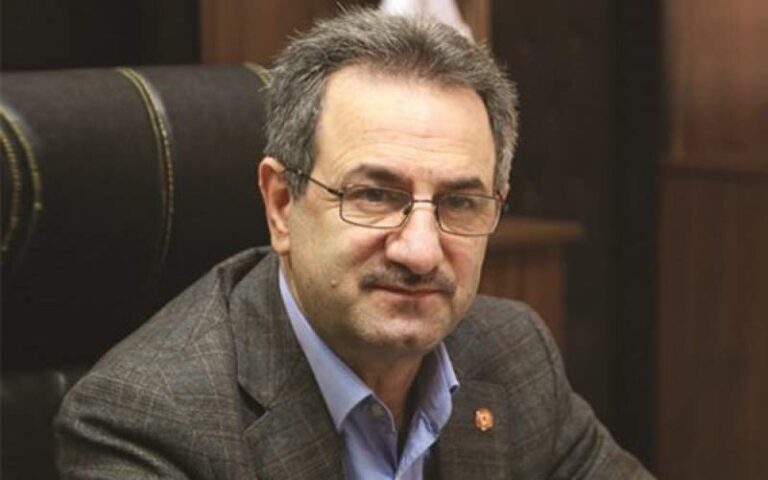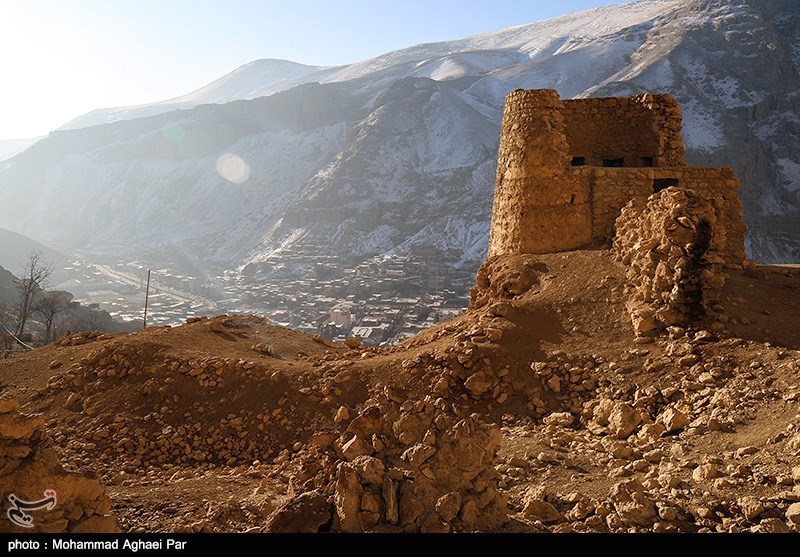
Similar Posts
Isfahan’s Rich History: Seven Iconic Sites Newly Added to Iran’s Heritage List!
Isfahan Province’s historical significance has been bolstered by the addition of seven monuments to Iran’s National Heritage List, showcasing its rich cultural tapestry from the Sassanian to the Qajar periods. Notable sites include the 2,500-year-old Darmian Castle, the Qajar-era Karbasis’ House, and the Kazerooni Mosque. Isfahan, home to over 22,000 historical sites, including UNESCO-listed qanats, remains a key cultural and tourist destination, renowned for its stunning architecture, vibrant bazaars, and serene gardens. The province’s preservation efforts further enhance its appeal, inviting visitors to explore its rich history and charm, earning it the nickname “Nesf-e-Jahan” or “half the world.”
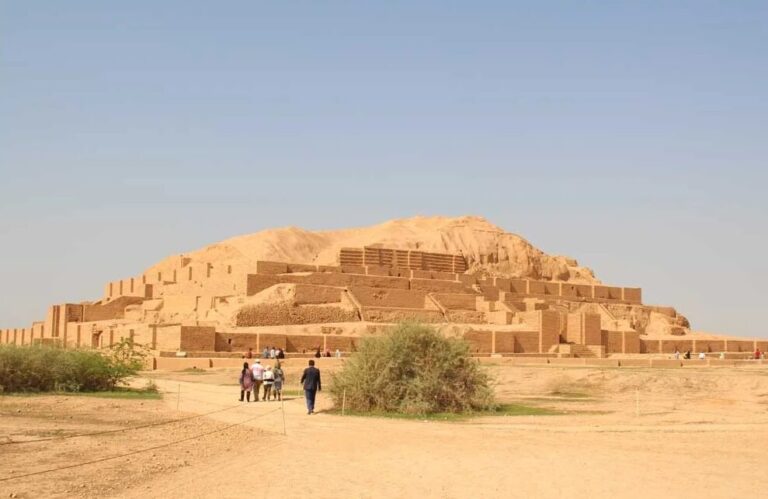
Iran: The World’s Oldest Nation with a Rich Legacy of Organized Governance
Iran has been recognized as the world’s oldest country by sovereignty, according to a recent ranking by the World Population Review, dating its organized governance back to 3200 BC. This acknowledgment highlights Iran’s historical significance, surpassing ancient civilizations like Egypt and Vietnam. The ranking is based on comprehensive historical analyses of state formation, emphasizing Iran’s enduring legacy as a cradle of civilization. Notable ancient civilizations in Iran include the Elamites, Jiroft, and empires like the Achaemenids and Sassanids. This recognition underscores Iran’s continuous national identity and its enduring cultural and political influence throughout history.
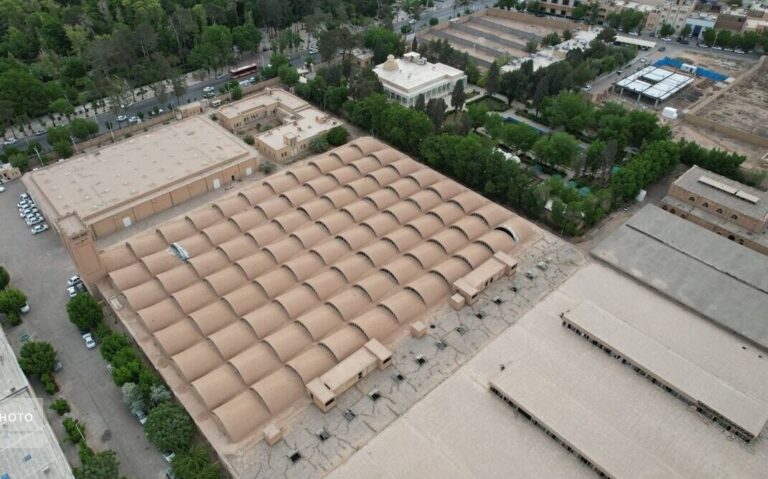
Transforming Yazd’s Janoub Factory: From Industrial Powerhouse to a Vibrant Museum of Traditional Textiles
The Janoub Spinning and Weaving Factory in Yazd is being transformed into a museum, “Tar-o-Pud,” dedicated to Iran’s textile heritage. Established in the 1950s, the factory was a significant player in the local textile industry, employing 700 workers at its peak. The restoration project, nearing completion, will feature a diverse collection of carpets and textiles, including items from the Qajar period and rare fabrics from the Buyid dynasty. Visitors will engage in interactive weaving workshops using restored looms. The museum aims to celebrate and preserve Iran’s rich textile traditions and cultural heritage as it prepares to open by year-end.

Unveiling the Hidden: National Museum Session Delves into Visible and Invisible Forces Shaping Exhibition Spaces
On Monday, the National Museum of Iran hosted a session titled “Presenting Visible and Invisible Forces within the Museums,” focusing on the evolving role of museums in contemporary society. Keynote speaker Dr. Elham Pouria Mehr discussed how museums contribute to knowledge production and create participatory environments. She provided a historical overview of curatorial practices and emphasized the need for museums to redefine their roles in cultural narratives. Dr. Jebrael Nokandeh, Director-General of the museum, highlighted the importance of integrating new perspectives in museology. The event underscored the significance of ongoing dialogue among museum professionals and academics in shaping cultural values.
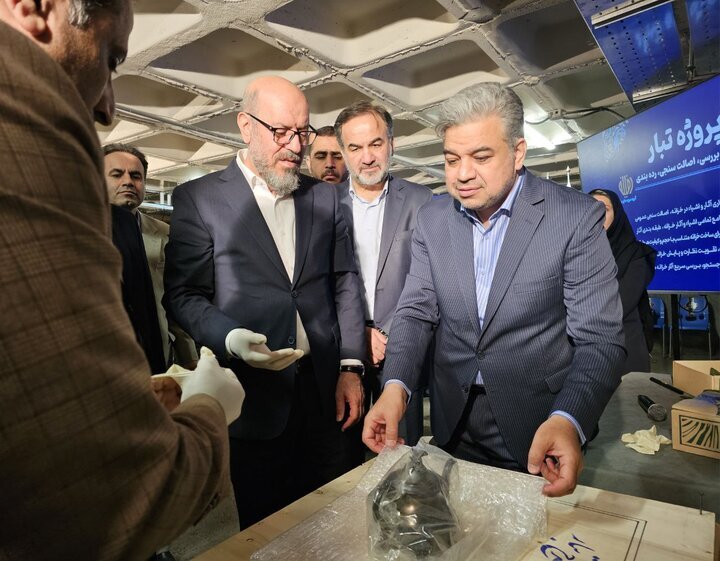
Revamped and Cataloged: Discover the Newly Organized Artifacts at Dafineh Museum Group!
The Dafineh Museum Group, managed by the Mostazafan Foundation, has successfully completed the Tabar Project, which focused on the re-organization, authentication, and documentation of historical artifacts. During a ceremony, head Hossein Dehghan returned the final artifact, emphasizing the project’s significance for cultural preservation. Over 40 years of artifacts were cataloged, improving management and transparency. A team of experts conducted thorough research and documentation, ensuring all items are now authenticated and archived. Plans for a Cultural Heritage Research Center are underway, highlighting the foundation’s commitment to advancing cultural heritage in Iran and serving as a model for similar initiatives globally.
